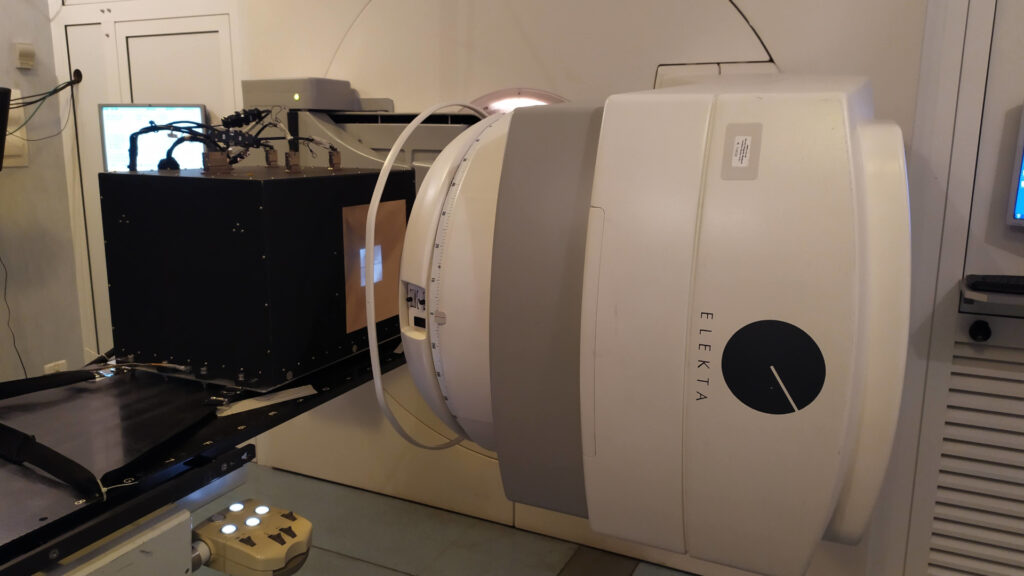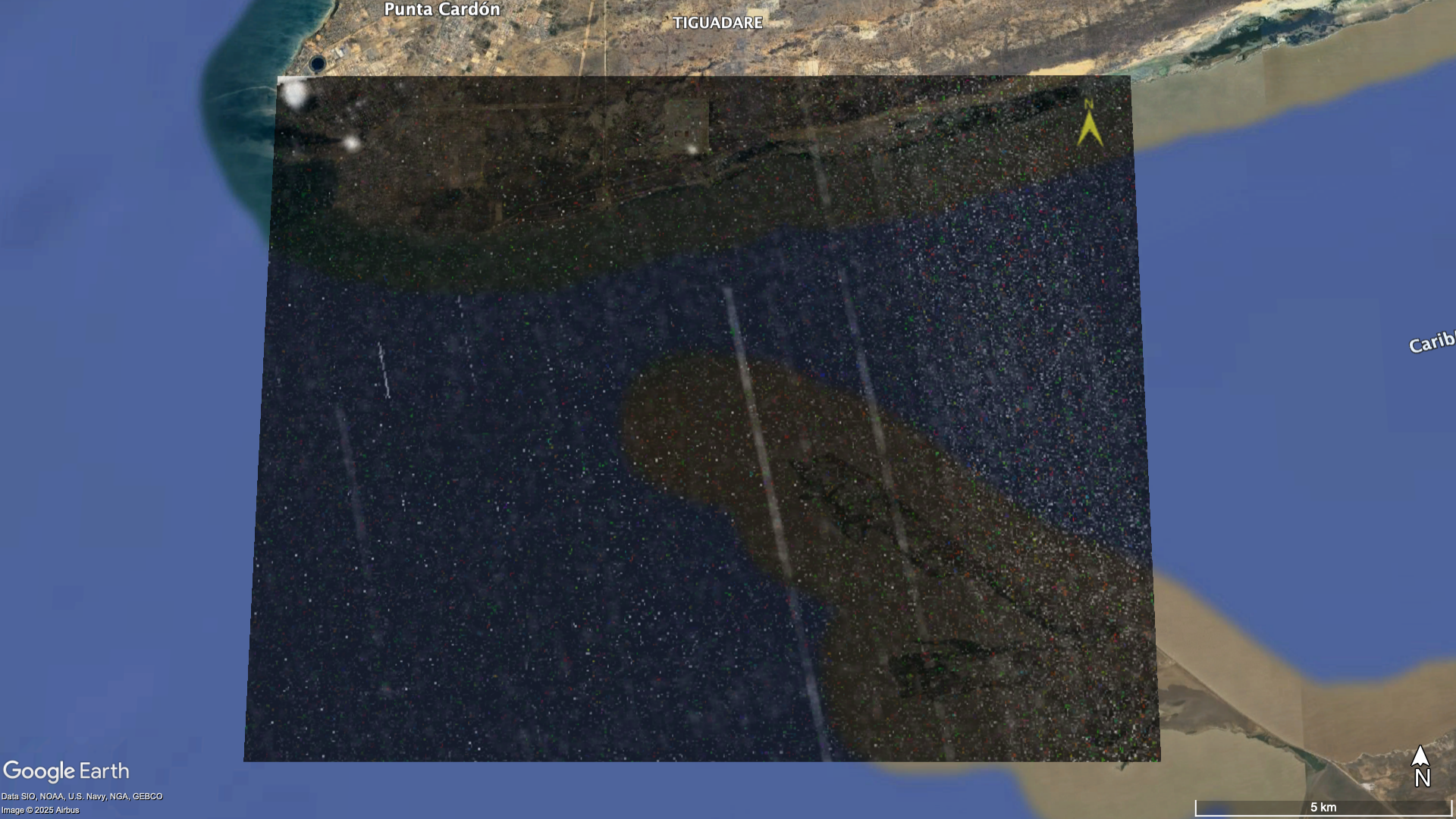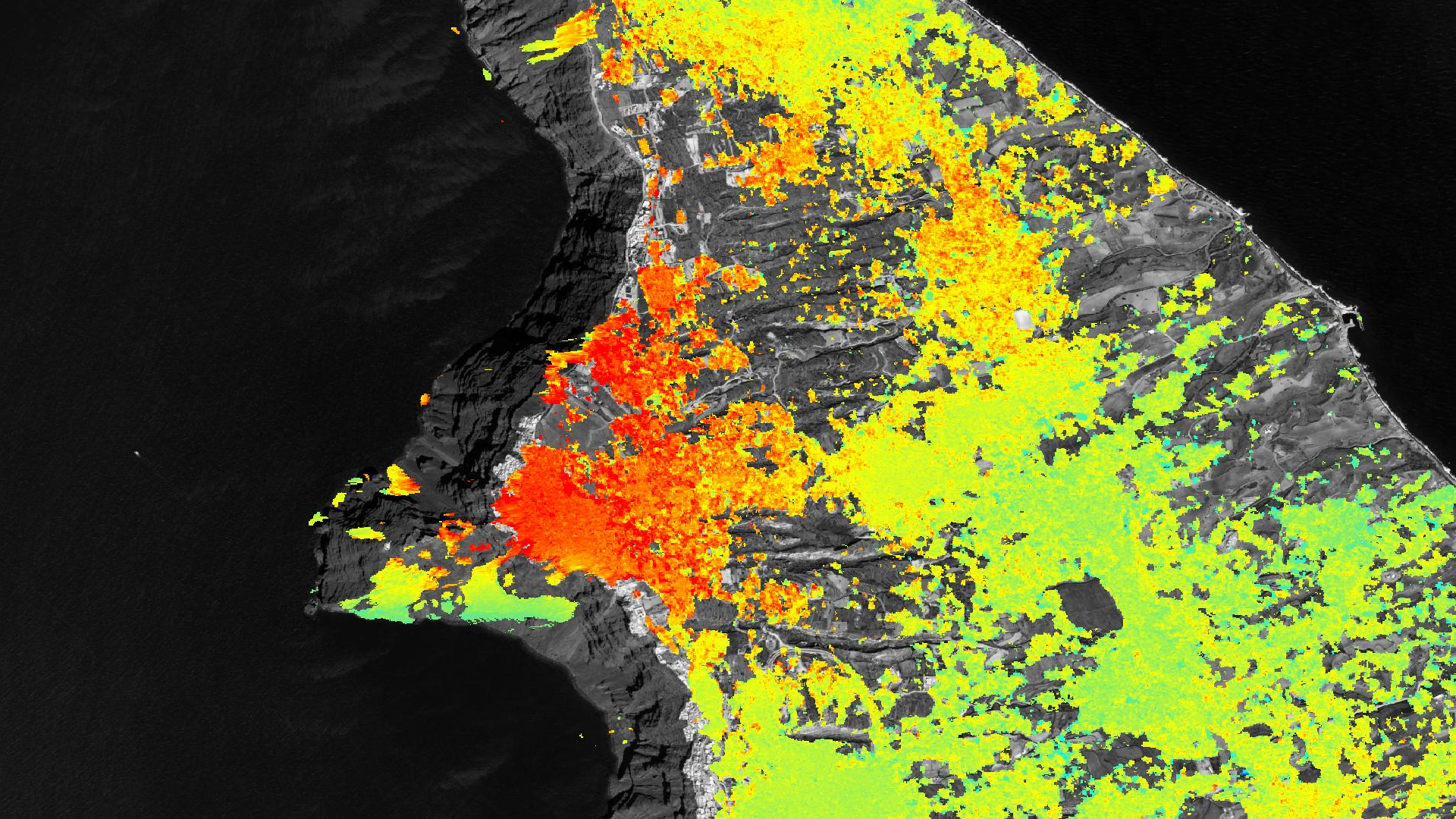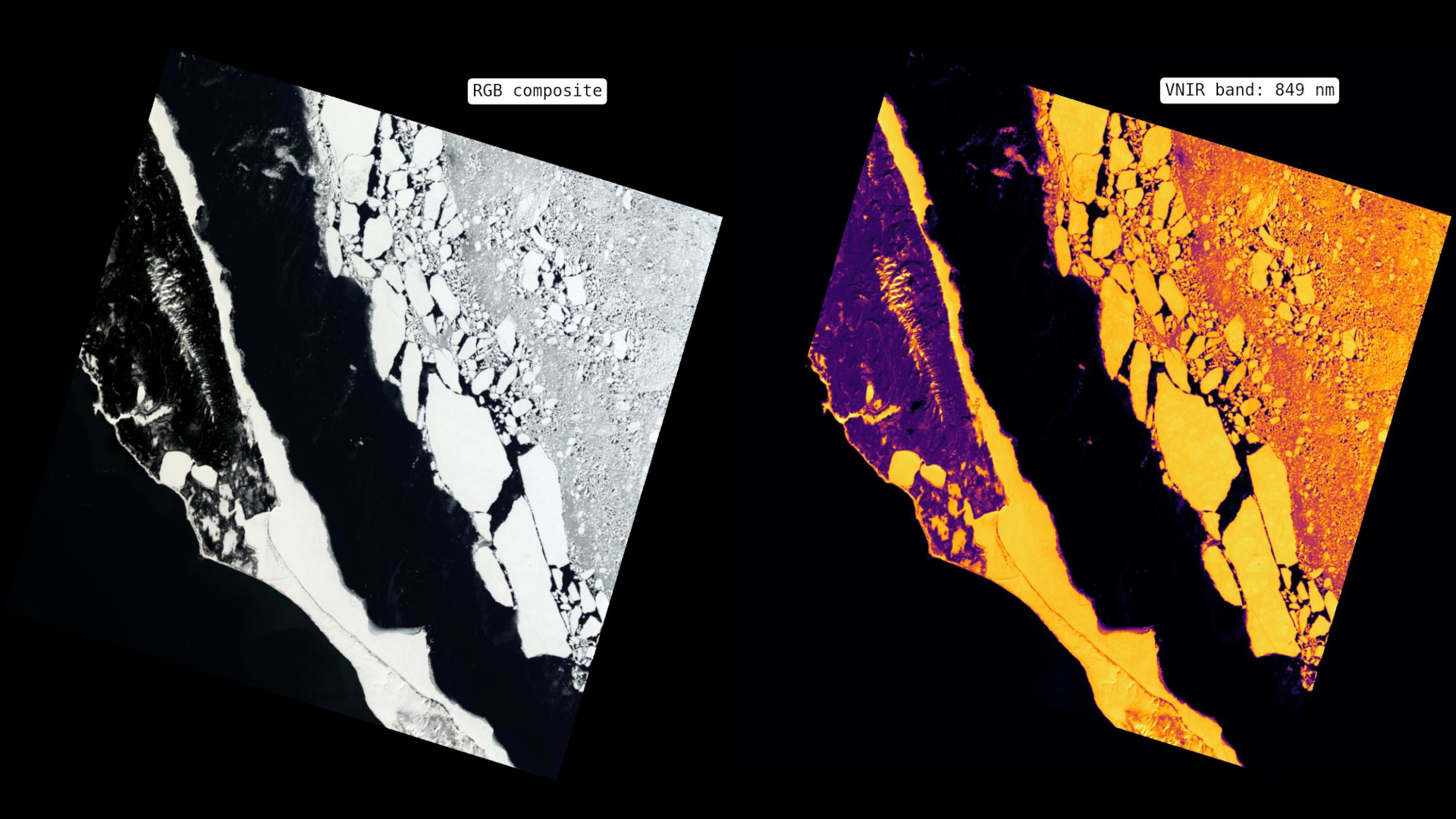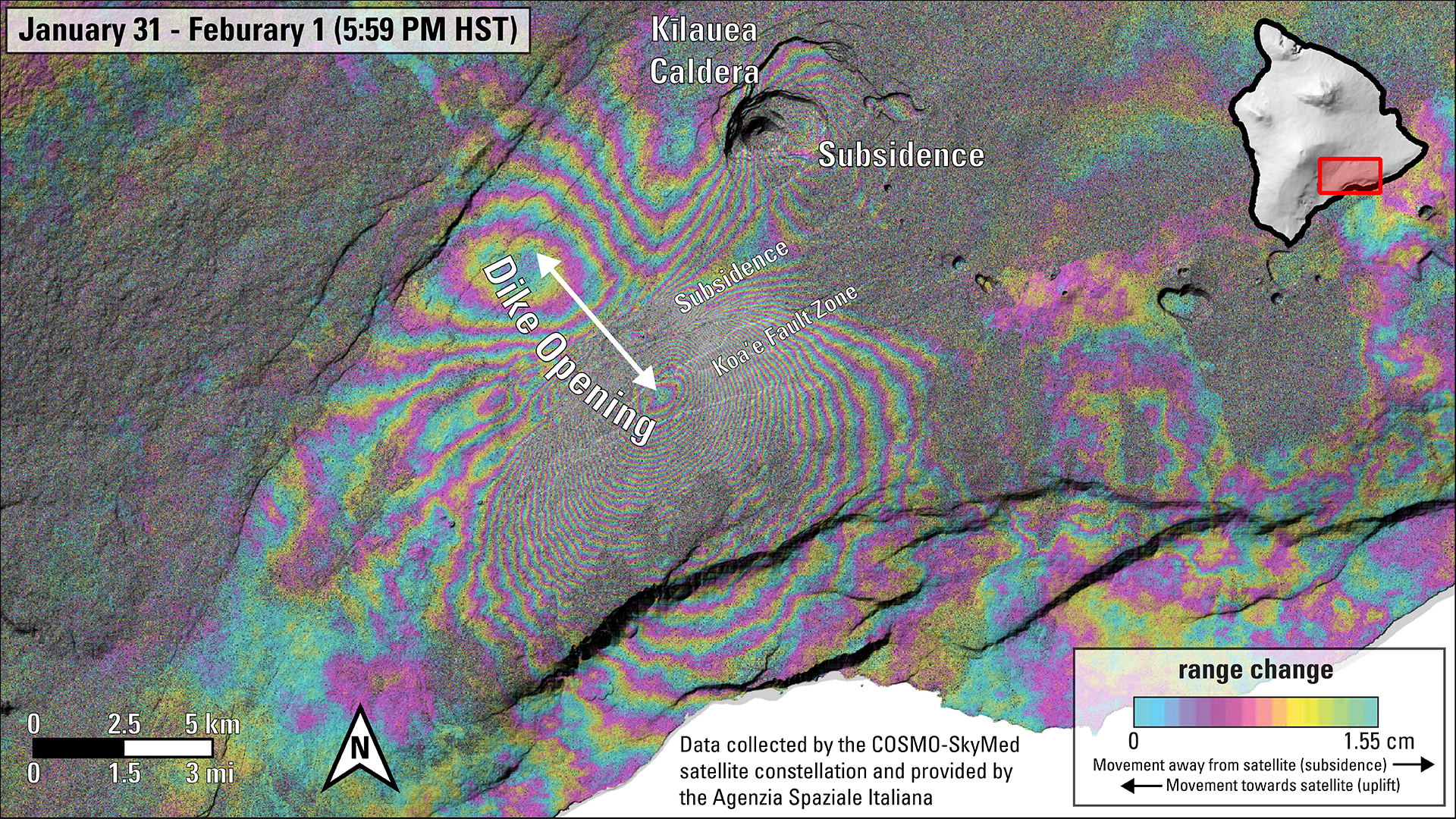HEPD-02 (High Energy Particle Detector -02) and EFD-02 (Electric Field Detector -02) are now in China following an extensive campaign of environmental tests and calibrations, which have successfully resulted in the qualification of both instruments at the end of 2023.
Part of the team involved in Limadou Collaboration has been working in Beijing since early January to perform initial functional tests after payload integration into the CSES-02 satellite. Test results are consistent with expectations and mark the first winning post towards mission launch, planned for late 2024.
HEPD-02 is an all-Italian advanced particle detector. Its precursor - HEPD-01 - is mounted to the CSES-01 satellite, launched in Feb 2018. HEPD-02 will keep measuring flux variations for particles trapped in the Van Allen belts (electrons: 3-100 MeV; protons: 30-200 MeV), which are occasionally subject to precipitation to the atmosphere due to perturbations induced by solar, seismic and anthropogenic phenomena.
Also EFD-02 has been designed and built in Italy. This detector comprises the control electronics for four probes placed at the ends of as many 4.5-m booms produced in China. EFD-02 is meant for returning the three components of the local electric field by means of measurements in the DC/ULF, ELF, VLF, and HF frequency bands with a sensitivity in the order of microV/m, which represents the state of the art for ionospheric observations.
In addition to Italian instrumentation, CSES-02 will accommodate nine state-of-the-art detectors designed for the simultaneous and continuous monitoring of major parameters suitable for the study of magnetosphere-ionosphere-lithosphere coupling, ionospheric structure and dynamics, and temporal variations in the geomagnetic field. Research on further key topics - such as the study of solar modulation of cosmic rays, Van Allen belts, and SEP emissions (i.e., space weather) - will be at hand as well. Indeed, the outer layers of our planetary envelope can be considered as a global, large-scale sensor of astrophysical signals: one major example was the CSES-01 observation of the 2022 gamma ray burst 221009A (BOAT), for the first time achieved via the monitoring of the ionospheric electric field.
Any CSES mission is part of a collaboration program between the China National Space Administration (CNSA) and the Italian Space Agency (ASI). The Limadou Collaboration involves INFN (Divisions of Bologna, Naples; Rome Tor Vergata, and Turin; the Trento Institute for Fundamental Physics and Applications, TIFPA; and Frascati National Labs) as ASI's major partner; as well as INAF-IAPS (Institute of Astrophysics and Space Planetology); the Universities of Bologna, Rome Tor Vergata, Turin, Trento, and UniNettuno Rome; INGV (National Institute of Geophysics and Volcanology); and CNR-IFSC ("Nello Carrara" Institute of Applied Physics).
In the pictures: EFD-02 (top) and HEPD-02 (bottom).
